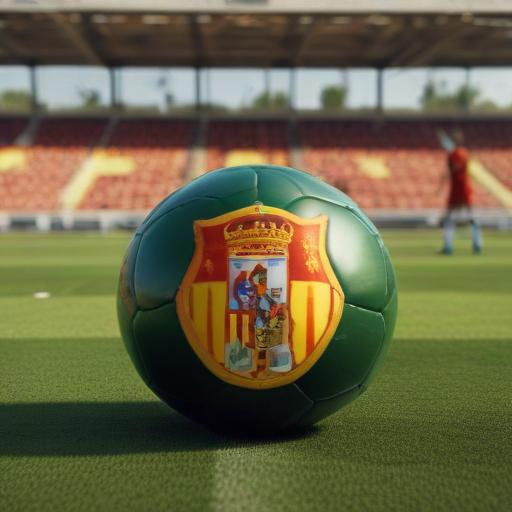Castellón’s bid to remain in Segunda División still feels fragile at times, but the club’s recent history offers a clear template for how a dramatic recovery can unfold. In the 2005/06 season, Castellón, newly promoted to the second tier after a long spell away from professional football, spent most of the year in the relegation zone and even changed coaches in search of defensive solidity. Under Pepe Moré, the team pulled off a remarkable late-season surge, a milestone that fans remember as a turning point exactly fifteen years ago.
A winter market that added experience
The difference then, as Moré notes, was the addition of seasoned players who strengthened the spine of the team. In the January window, the arrivals of central defender Aurelio and forward Tabares provided a much-needed calm and reliability. Moré explains that the aim was simple: give the squad more experience and “a point more of calm” on the pitch, which helped lift everyone’s performance.
Emilio Isierte, then Moré’s assistant, recalls the manager’s approach: shape the team to be harder to beat in Segunda, with a stronger, more physical, more compact block. The rebuilding was a gradual process, but the improvement in collective solidity soon became evident.
The moment of truth and turning point
The season’s key moment came at the end of February, a point at which Castellón were five points from safety. After a loss to Ciudad de Murcia in the 26th round—also the same round number as today—the next match away at Tenerife looked like a potential disaster. Castellón fell behind, played with ten men after a red card to Dealbert, and needed a lifeline. Kenji Fukuda won a late penalty against a direct rival and Raúl Sánchez converted, earning a precious draw. From that moment, Castellón began to navigate the final stretch with a renewed sense of purpose.
Moré’s blueprint for the final run
From that Carnaval weekend in Tenerife onward, Moré built a trusted XI for the run-in, leaning on players who were not initially on the plans but could contribute when needed. The goalkeeper position saw Raúl Jiménez take on responsibility, while the defense was anchored by Zamora, Dealbert, Aurelio and Casablanca. In midfield, Miguel and Rodri provided ballast, with Zafra and Xavi Moré on the flanks and Jonan supporting a lone striker, who during the late stages was Tabares.
A season of resilience and fan solidarity
After the Tenerife turning point, Castellón suffered only a few defeats and finished 12th. It would be easy to imagine a season that looked doomed from the outside, but the club’s supporters endured with the team, traveling in large numbers to games in Albacete, Madrid and Elche. Emilio Isierte sums up the mood: the squad fought hard and, even in the most perilous moments, kept the belief alive. Moré reflects with pride on the period, noting that the team’s morale and togetherness helped them survive, and expressing hope that those involved can find a similar path again.
What this history adds today
The 2005/06 comeback serves as a reminder that a club’s fortunes can hinge on a few well-timed decisions—adding experience in January, stabilizing the defense, and maintaining composure under pressure. It also highlights the importance of the dressing room’s outlook during a relegation fight and the impact of a supportive fan base that stands with the team in tough times. If Castellón can channel that old resolve and balance, a difficult season can still be rewritten.
Summary note
This piece revisits Castellón’s fifteenth-year landmark season to draw lessons for the club’s ongoing campaign: combine defensive solidity with strategic experience additions, stay calm under pressure, and rely on the collective effort to pull through the hardest moments.
Additional context
The intertwining of football strategy and club culture is evident here—from Moré’s measured, back-to-front rebuild to the emotional support of a devoted fan base. The longer view suggests that a well-constructed defense and experienced attackers can stabilize a season even when the standings look grim. The overarching message remains hopeful: with the right mix of resolve, leadership, and belief, recovery is possible.
